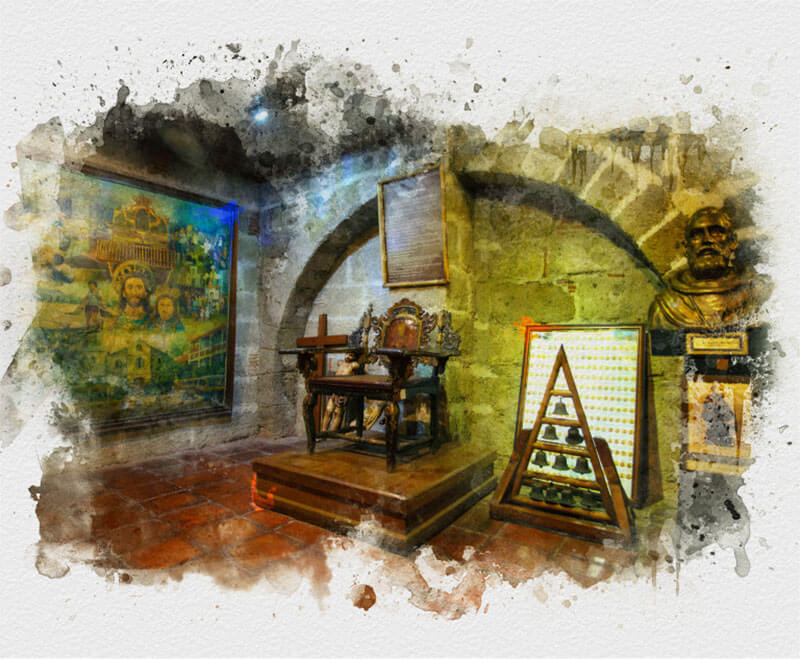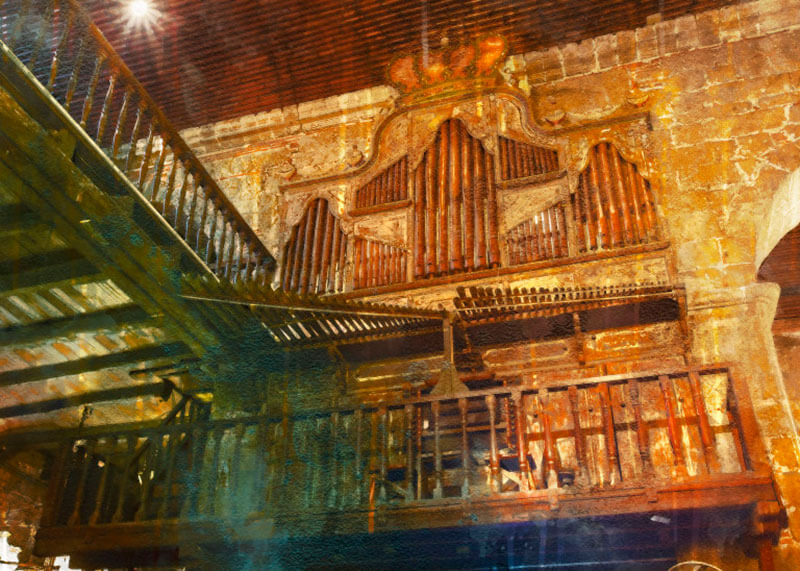No other pipe organ in the world is like the one in Las Piñas City’s St. Joseph Parish Church. Recognized as the last remaining functional 19th-century bamboo organ, the unique instrument is considered a National Cultural Treasure. The Bamboo Organ is also hailed as one of the world’s finest old organs, attracting thousands of tourists and music enthusiasts from around the globe year upon year.
Did you know?
The Bamboo Organ is made of Bambusa sp. (Gramineane), a type of bamboo that is indigenous to Batangas and the Luzon area. The International Bamboo Organ Festival is held at the St. Joseph Parish Church every year in February to celebrate the instrument’s unique sound.
Behind the Instrument: How Was The Las Piñas Bamboo Organ Made?
The 19th-century St. Joseph Parish Church in Las Piñas looks like many other Spanish-era parish churches around the country. However, this church houses something that sets it apart: the last remaining bamboo organ in the world. 902 of the organ’s 1,031 pipes are bamboo, while the remaining are made of tin.
The organ was built by a Spanish missionary called Father Diego Cera. Cera, the first parish priest in Las Piñas, came from a family of organ-builders in Spain. Back in his native town of Graus, Huesca, his family would make organs out of wood, but because of the lack of classic organ materials in Manila — and the abundance of bamboo — Cera had to improvise.
In 1816, back when the church was under construction, Cera began gathering bamboo and buried them under beach sand as protection from insects. In 1817, he dug up the bamboo and began constructing the organ with the help of some locals he had trained. Though he had to use metal stops in the organ to retain sound, almost every other piece was built with bamboo. After eight years of painstaking work, Cera finally finished the instrument in 1824.
Then, disaster struck. Almost immediately after its completion, the church and bamboo organ were damaged by a series of earthquakes, followed by typhoons that damaged both the church and the organ. And so, not long after he had finished the instrument, Cera found himself working on it again, only this time he was repairing it. After Cera’s death, the organ rapidly fell into a state of disrepair and eventually became unplayable.
The Return to Glory
Multiple restoration attempts were made over the next century, but it wasn’t until the 1970s that the organ underwent a total renovation under the leadership of architects Francisco “Bobby” Mañosa and Ludwig Alvarez. The organ was dismantled, and while the bamboo pipes were mended in Japan, the other parts were repaired in Germany.
In 1975, the bamboo organ came back to the Philippines with much fanfare, and an official restoration committee was formed to ensure its preservation. To celebrate its return to its home country, a Bamboo Organ Inaugural Concert was held with world-renowned organist Wolfgang Oehms as the featured performer. Since then, St. Joseph Parish Church has been the venue of many concerts and musical festivals. Every year, the annual International Bamboo Organ Festival is held in February, attracting tourists and music enthusiasts from all over the world.
Because it is the only surviving and functional 19th-century bamboo organ, the Las Piñas Bamboo Organ was recognized by the National Museum of the Philippines as a National Cultural Treasure in 2003. It is the oldest and largest bamboo organ in the world, and served as a major catalyst in the evolution of Philippine music, as it represented the fusion of foreign technology and local creativity, as well as the stalwart spirit of the Filipino people behind the work.
When to Visit
The bamboo organ is played every day, from 8 am–12 nn and 2 pm–6 pm daily. Visitors can book a tour for P50 per person. The Bamboo Organ Museum and the Souvenir Shop are open to the public from 8 am–12 nn and 1 pm–5 pm daily. For reservations, contact the Bamboo Organ Foundation Secretariat at (02) 825-7190 or (02) 820-0795.
How to Get There
From the CAVITEx toll plaza in Pasay, take the Parañaque-Sucat Road west, then turn left at the next intersection into Quirino Avenue. Continue down this road for 4.4 kilometers. You should see St. Joseph Parish Church to your right.
Sources:
“Bamboo Organ.” The City of Las Piñas, https://laspinascity.gov.ph/lifestyle/18/bamboo-organ.
“Come and Visit The Museum.” Bamboo Organ Foundation Inc., http://bambooorgan.org/the-museum/.



